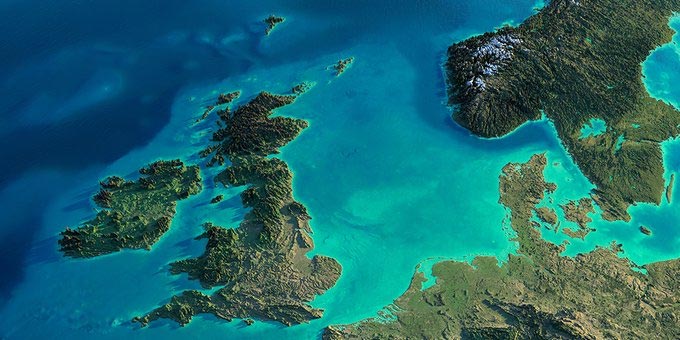CGG has announced delivery of fast-track results from its recently acquired 3D multi-client seismic survey of the Gippsland Basin and says the broadband data will enable informed decisions when bidding on blocks in this prolific, hydrocarbon-producing area.
This industry-first basin-wide survey over ~8,700 sq km was successfully completed in July 2020 and has strong industry support with significant prefunding. It represents Phase II in CGG’s Gippsland ReGeneration reprocessing and acquisition project. Blocks V20-3 and V20-4 in the newly released Australian acreage are covered by the project.
CGG said that historically, imaging the Gippsland Basin’s shelf break and numerous submarine channels has proven extremely challenging. The new survey is designed to offer the industry the highest-resolution 3D seismic available with the benefit of CGG’s advanced acquisition design and proprietary imaging technology, including a broadband, long-offset configuration along with 3D joint source-receiver deghosting, high-frequency full-waveform inversion (HF FWI) and least-squares Q migration. Together, these will provide clearer images of the deeper targets that could not be seen in the legacy data and extend seismic coverage to the highly prospective deepwater areas that had no 3D data.

Sophie Zurquiyah, CEO of CGG, said: “The data from our new Gippsland 3D survey will complement and build on the success of our Phase 1 reprocessing of 11,500 sq km of legacy 3D seismic data with our latest imaging innovations, which led to a resurgence of interest in what was considered to be a mature basin in decline. These two premium data sets will play a timely, valuable role in helping the industry to identify new and previously overlooked prospects in Australia’s premier oil basin.”
OBN Multi-Client UK survey
CGG has also completed the first phase of its multi-year program to deliver the largest OBN multi-client survey ever acquired in the UK Central North Sea (CNS) and immediate commencement of the second acquisition phase. The survey started in March 2020 and has already received significant industry interest and prefunding, with first images targeted for Q1 2021.
CGS described the Central North Sea as a “highly prospective region of the UK Continental Shelf. With recent discoveries, including Glengorm and Isabella, there is increasing focus on the deeper, higher risk Jurassic and Triassic plays, typically under high pressure, high temperature conditions. Furthermore, the presence of complex structural processes associated with Permian salt movement has created significant challenges to imaging these deeper reservoir targets.”
CGG said it was uniquely qualified to undertake this landmark OBN program: “This new survey, with its long-offset, full-azimuth coverage and good low-frequency signal in a shallow water environment, together with CGG’s best-in-class OBN processing and advanced imaging technologies, will provide a step-change in seismic image and reservoir characterization quality, bringing new insight to help de-risk these plays and aid continued development of existing fields in the CNS region.”
Sophie Zurquiyah said: “We are pleased to announce the commencement of the second phase of this exciting OBN program which will complement CGG’s extensive high-quality Cornerstone towed-streamer data library and further deliver unprecedented industry insight in this critical Central North Sea area. The new data set will provide our clients with the best available information to de-risk the awarded blocks from the UK 32nd License Round and support the UK Oil & Gas Authority’s strategy for Maximizing Economic Recovery.”





